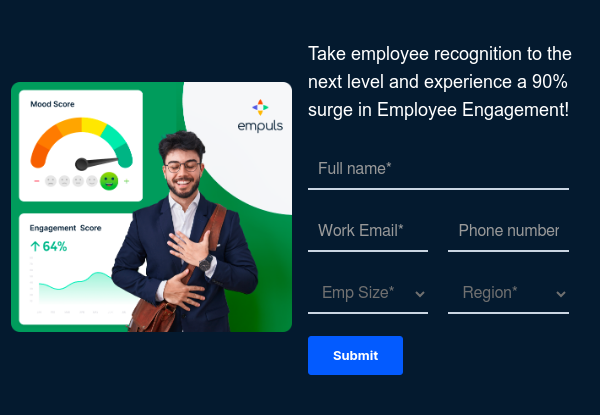What is a voluntary early retirement incentive program?
A voluntary early retirement incentive program is an organized initiative—usually time-limited—offered to eligible employees. It outlines specific eligibility criteria, timelines, and benefit options for those who choose to retire early.
Programs vary by company but typically target cost savings, workforce reshaping, or organizational restructuring. Public sector bodies, like school districts or state agencies, often run such programs to manage budget constraints without mandatory layoffs.
























